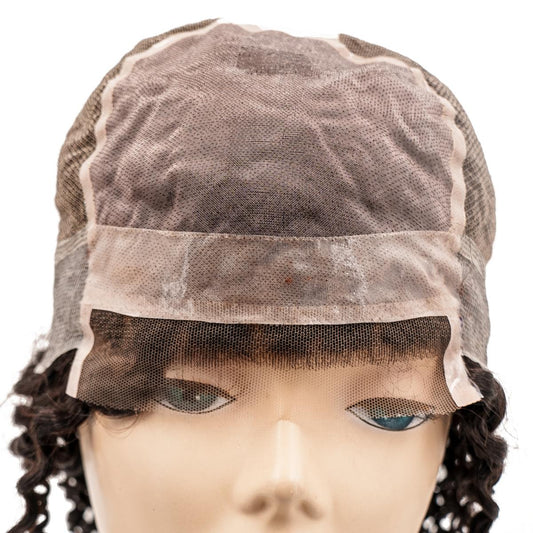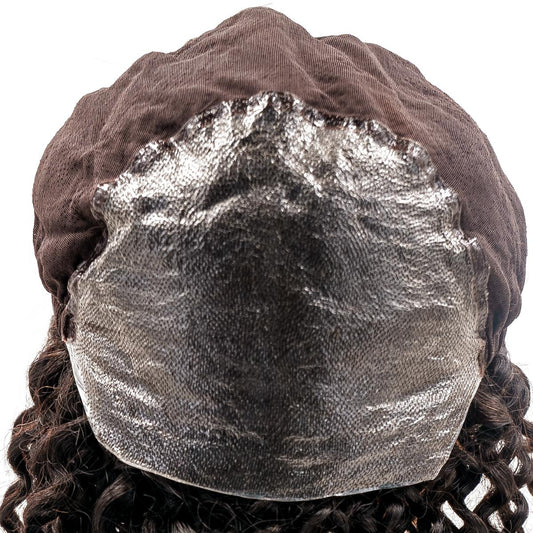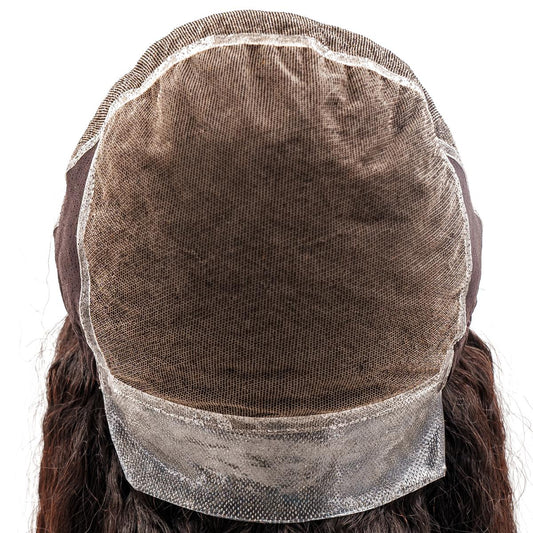1260 Memorial Drive
Atlanta, Georgia 30316
404-458-1330
Discover Comfort and Confidence with Our Medical Wigs
Private Label is dedicated to offering genuine medical-grade wigs for hair loss made from 100% human hair to help match your look and style.
Comfort of Medical Wigs for Hair Loss
Hair loss, whether due to medical treatments, conditions like alopecia, or accidents, can be a deeply personal and challenging experience.
Our Medical Wigs collection is designed to offer a solution and a way to reclaim your confidence and sense of self. Each Medical Wig in this collection is crafted with the utmost care, understanding, and empathy towards your needs.
Why Choose Our Medical Wigs?
Private Label is proud to serve as one of the top medical wig providers, with all the features necessary for each type of hair loss challenge.
- Human Hair for Realistic Look and Feel: Our wigs for medical hair loss are made exclusively from high-quality human hair, ensuring that each strand moves, feels, and shines just like your own hair. This natural appearance helps blend seamlessly with your hair, offering a realistic and undetectable finish.
- Medical-Grade Wig Caps for Supreme Comfort: Comfort is crucial, especially for those with sensitive scalps. Our medical-grade wig caps are designed to provide a gentle, secure fit without causing irritation or discomfort. This fit makes them suitable for all-day wear, even for those undergoing medical treatments.
- Versatile Hair Textures and Styles: Our collection boasts a variety of hair textures and styles, catering to individual preferences and needs. Whether you're looking for a wig that matches your natural hair or want to experiment with a new style, our range has something for everyone.
- Ideal for Various Hair Loss Causes: Whether you're a chemotherapy patient, a burn victim, or experiencing hair loss due to conditions like alopecia, our Medical Wigs offer a compassionate and effective solution. They are designed to address the unique challenges faced by individuals suffering from hair loss.
Embrace Your Style with Confidence
We are dedicated to helping you find a comfortable fit that returns your desired normalcy.
- Tailored to Your Unique Needs: Understanding that each individual's journey with hair loss is unique, our Medical Wigs are designed to be customizable. A hairstylist can install the wig to ensure you find a comfortable fit that aligns perfectly with your style and preferences.
- Durable and Long-Lasting: We believe in providing a long-term solution. Our wigs are constructed to withstand regular use while maintaining their appearance and texture, ensuring you can rely on your wig as a consistent part of your daily life.
- Support and Guidance Every Step of the Way: Private Label is dedicated to supporting you throughout your journey. From selecting the perfect wig to offering tips on care and maintenance, we're here to ensure your experience is as seamless and positive as possible.
Join Our Community of Empowerment
Choosing a wig from our Medical Wigs collection is more than just a purchase; it's a step towards reclaiming your confidence and embracing your style, regardless of your challenges.
We're honored to be a part of your journey and are committed to providing products that empower and uplift.
Discover Your Perfect Match Today
Explore our collection and find the wig that meets your needs and celebrates your individuality. With our Medical Wigs, experience the perfect blend of comfort, realism, and style.
If you want to become a Certified Cranial Prosthesis Specialist, we recommend checking out Wig Medical.






